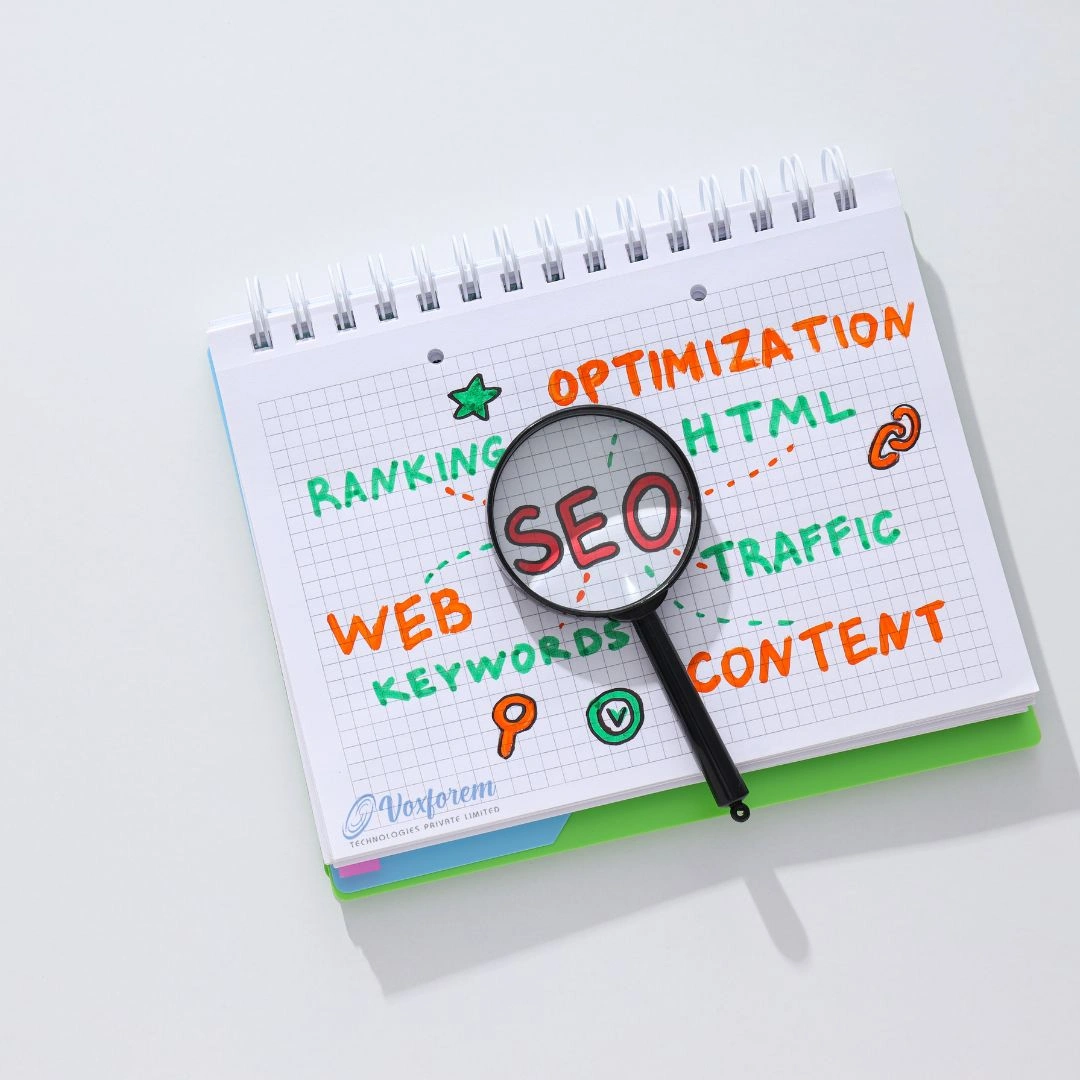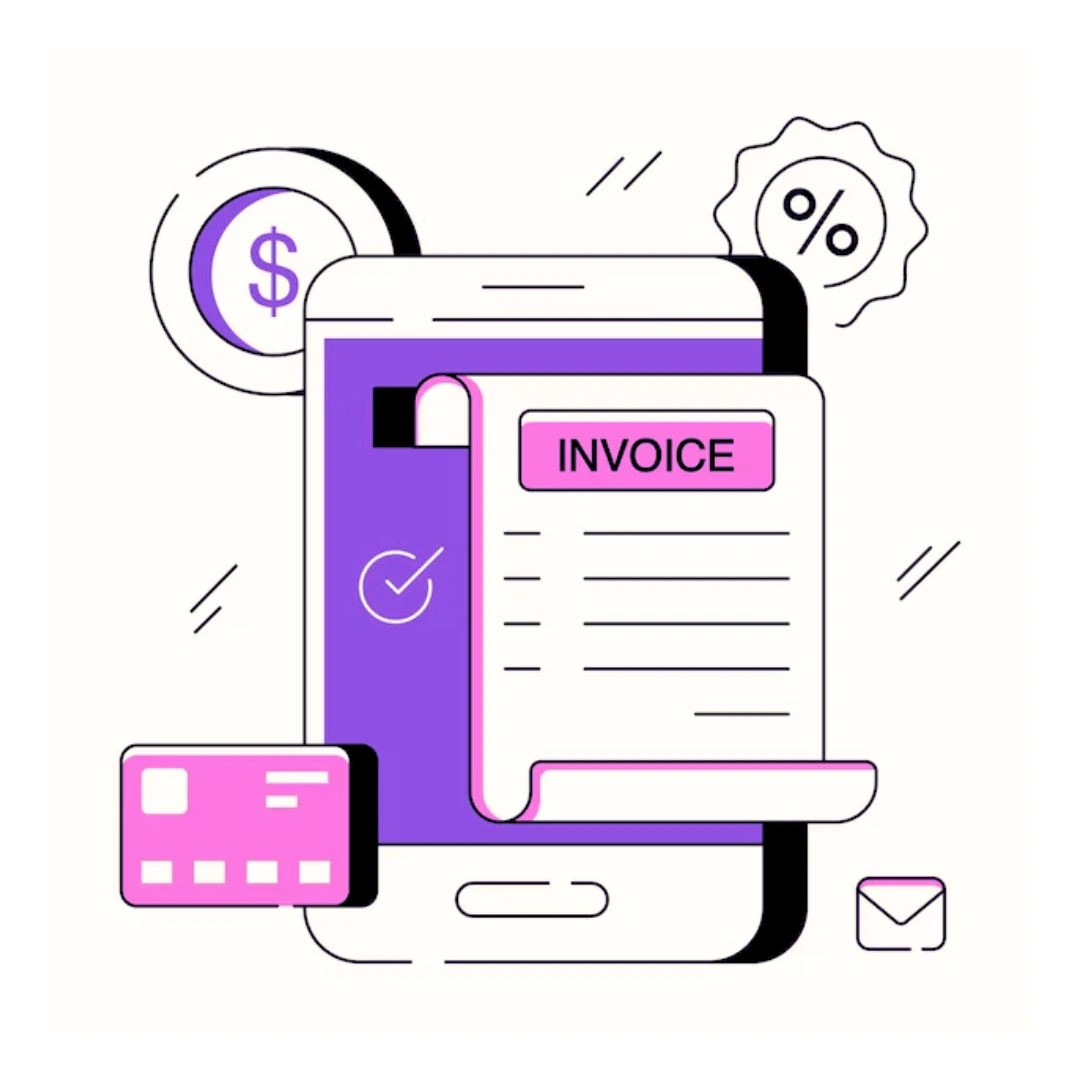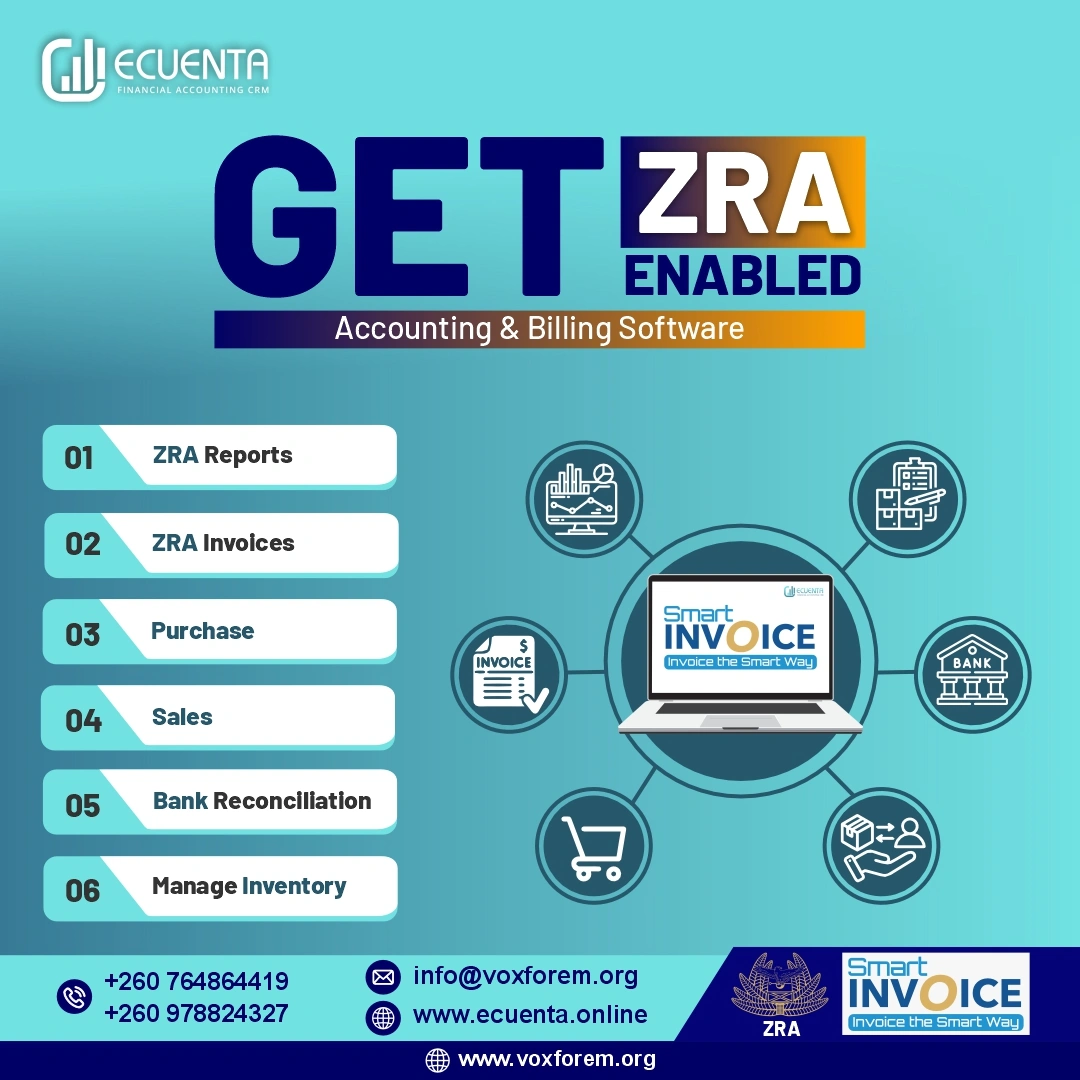ZRA Tax Compliance for ECommerce Businesses in Zambia: A Practical Guide

Why SEO Services Matter
Even with the right knowledge, managing every SEO task alone can be challenging. Algorithms evolve constantly, competition increases, and even small SEO mistakes can impact your rankings. Partnering with expert SEO services ensures your website stays optimized, monitored, and updated regularly. Professionals can detect technical issues, refine keyword targeting, and create strategies that drive consistent traffic and long-term growth.
1. Ignoring Keyword Research
One of the biggest SEO mistakes is skipping proper keyword research. Many website owners either target the wrong keywords or overuse them without understanding intent.
What you should do instead:
2. Publishing Duplicate or Low-Quality Content
Google’s algorithm prioritizes original, useful, and high-quality content. Copying or rewriting existing content without adding value leads to poor rankings.
Avoid these content-related SEO mistakes:
3. Neglecting Page Speed
Website loading speed is a crucial ranking factor. A slow website not only affects SEO but also increases your bounce rate — users leave before the page loads.
Fix it by:
4. Not Optimizing for Mobile Users
Over 70% of users browse websites on mobile devices. If your site isn’t mobile-friendly, you’re missing a large portion of potential traffic.
How to avoid this SEO mistake:
If something works beautifully on the smallest screen, it’ll scale naturally for larger ones too.
5. Missing or Poor Meta Tags
Your meta title and meta description are what users see on Google before clicking your page. Missing or unoptimized meta tags are a missed opportunity for traffic.
Best practices:
6. Broken Links and 404 Errors
Broken links frustrate users and make your website look unprofessional. Search engines also see them as a sign of poor maintenance.
Quick fixes:
7. Weak Internal Linking Structure
Internal linking is one of the simplest ways to improve your website’s SEO and user experience. It helps search engines understand how your pages relate to each other while guiding visitors to useful information. For small businesses building an online presence through digital marketing, strong internal links can encourage users to explore more pages, boosting engagement and visibility. When done right, it supports smoother navigation and a more connected content strategy
Avoid this mistake by:
8. Ignoring Analytics and Tracking
Without tracking performance, you can’t measure what works. Many small business owners launch their sites and forget to monitor traffic or keyword ranking.
Use these tools:
9. Poor URL Structure and Missing Alt Tags
URLs and image alt texts are often overlooked but play a role in SEO.
URL tips:
Alt tag tips:
10. Building Spammy Backlinks
Backlinks are one of the strongest ranking factors, but quality matters more than quantity. Buying or exchanging spammy backlinks can lead to Google penalties.
Build backlinks the right way:
Learn from SEO Mistakes, Don’t Repeat Them
SEO isn’t just about doing everything right - it’s equally about avoiding the wrong moves. By identifying and fixing these common SEO mistakes, you can build a stronger, more stable online presence that performs well across search engines and devices.
At Voxforem, we believe smart optimization starts with the basics: creating valuable, user-focused content and staying consistent. Keep your website fresh, fast, and relevant - because what worked last year might not work today. Avoiding these simple SEO mistakes can be the difference between ranking on page one or getting buried deep in search results.



















































